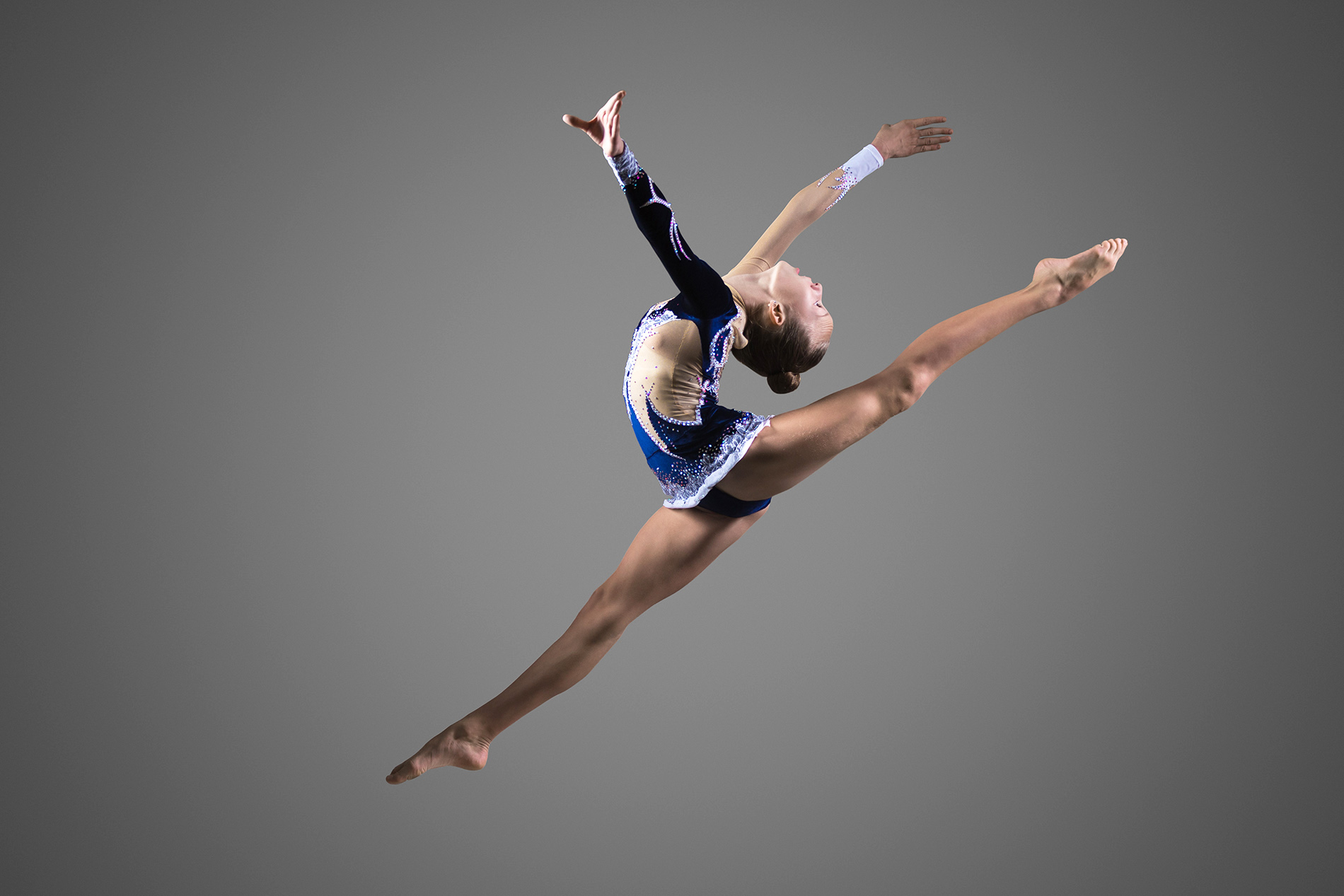Fall sports and activities are in full swing. When we think about hip injuries, older people might come to mind. But hip injuries also happen to young athletes. Guillaume D. Dumont, MD, an orthopedic surgeon with Lexington Orthopaedics and Sports Medicine, is an expert in treating hip injuries.
Q. What are some of the hip injuries that you see in young athletes?
We see a large span of injuries, from bumps and bruises to more serious structural injuries like muscle or tendon strains and tears or even tears of a type of cartilage in the hip called the labrum.
Q. What causes these specific injuries? Are there specific sports that can cause them?
Any sport can cause this type of injury, especially activities that require a lot of twisting, pivoting or bending motions. That rapid torque on the joint can lead to a hip injury. In some cases, the injury is more so the result of repetitive motions that cause friction on the cartilage and labrum.
Q. What happens within the hip when you sustain this type of injury?
A. If the hip moves past a certain point, the ball and socket sometimes rub in a certain way that can tear the structures inside the hip. One of the common structures that can tear is the labrum. The labrum is a type of cartilage which attaches to the edge of the hip socket. The labrum helps provide a strong seal in the hip that keeps the ball and socket closely connected. When the hip passes a certain point, the labrum can detach from the hip socket. This causes pain and sometimes clicking, popping, or catching sensations in the joint.
Q. Where would someone feel pain with this type of injury?
Pain from the ball and socket portion of the hip is typically felt deep in the front of the hip or groin - not on the side or back of the hip. It often also involves some clicking or catching in addition to the pain. Pain to the rear side of the hip can be related to the muscles of the buttock or even the lumbar spine, but is usually not related to the hip joint itself. Pain on the side of the hip can involve structures like the bursa or the gluteal tendons.
Q. How do you treat these type of hip problems?
Thankfully, hip injuries can often be treated without surgery. We usually start with a course of physical therapy, a period of rest, modifying daily activities and anti-inflammatory medications. Sometimes, injections to certain areas of the hip can provide some relief and can also be helpful in clarifying the source of the pain.
Physical therapists are very helpful in treating patients with these injuries, and can also be a terrific resource to help identify or clarify what may be causing the pain. If things don't improve with these treatments, then surgery can be an option for certain conditions.
Q. What is involved in hip surgery?
We perform a procedure called hip arthroscopy in which we make a few small incisions to place a camera in the hip joint. This allows us to see all the structures in the joint and repair the labrum by anchoring it back into the socket where it belongs.
Oftentimes, the hip is not shaped perfectly round like we would imagine. This misshaped hip leads to a condition call hip impingement (or officially, femoroacetabular impingement syndrome). The bony prominences cause pinching or rubbing of the cartilage or labrum – and often tearing. In those cases, we can use small bone shavers to reshape the ball and socket to a more normal round shape. This can prevent these injuries from happening again in the future.
Q. What is the recovery process after hip arthroscopy?
The recovery from this surgery is regimented and involves the important input of physical therapists and (for our athletes) athletic trainers. We have a plan we’ve tailored and improved over the years to help our patients and athletes get back to their best. Patients are on crutches for three weeks, so they don’t twist or place too much pressure on the leg that just underwent surgery. During and after that period, patients work with physical therapists or athletic trainers to regain strength and range of motion, so they can ultimately return to doing the things they want to do. In the early phases, we focus on protecting the joint and avoiding forming too much scar tissue. During the later stages of rehab, patients are gradually include more sport-specific exercises and drills.
Q. What advice do you give your athletes to help them avoid a hip injury?
Being active is an important part of a healthy lifestyle, both physically and psychologically. We all want to do the things that we enjoy. Some sports may involve more risk than others, but with proper training and preparation, we can reduce the risk of injuries. When it comes to the hip joint, strong core, back and pelvic muscles can be helpful. When we're starting a new sport or activity that we haven't done before, it’s important to gradually increase the intensity level. Don't just dive in full speed on the very first day.
I also advise patients to be mindful of taking an appropriate amount of rest and recovery in between workouts or playing sports. Be sure you’re getting healthy sleep so your body can recover.

Guillaume D. Dumont, MD, Lexington Orthopaedics and Sports Medicine,




Leave a comment